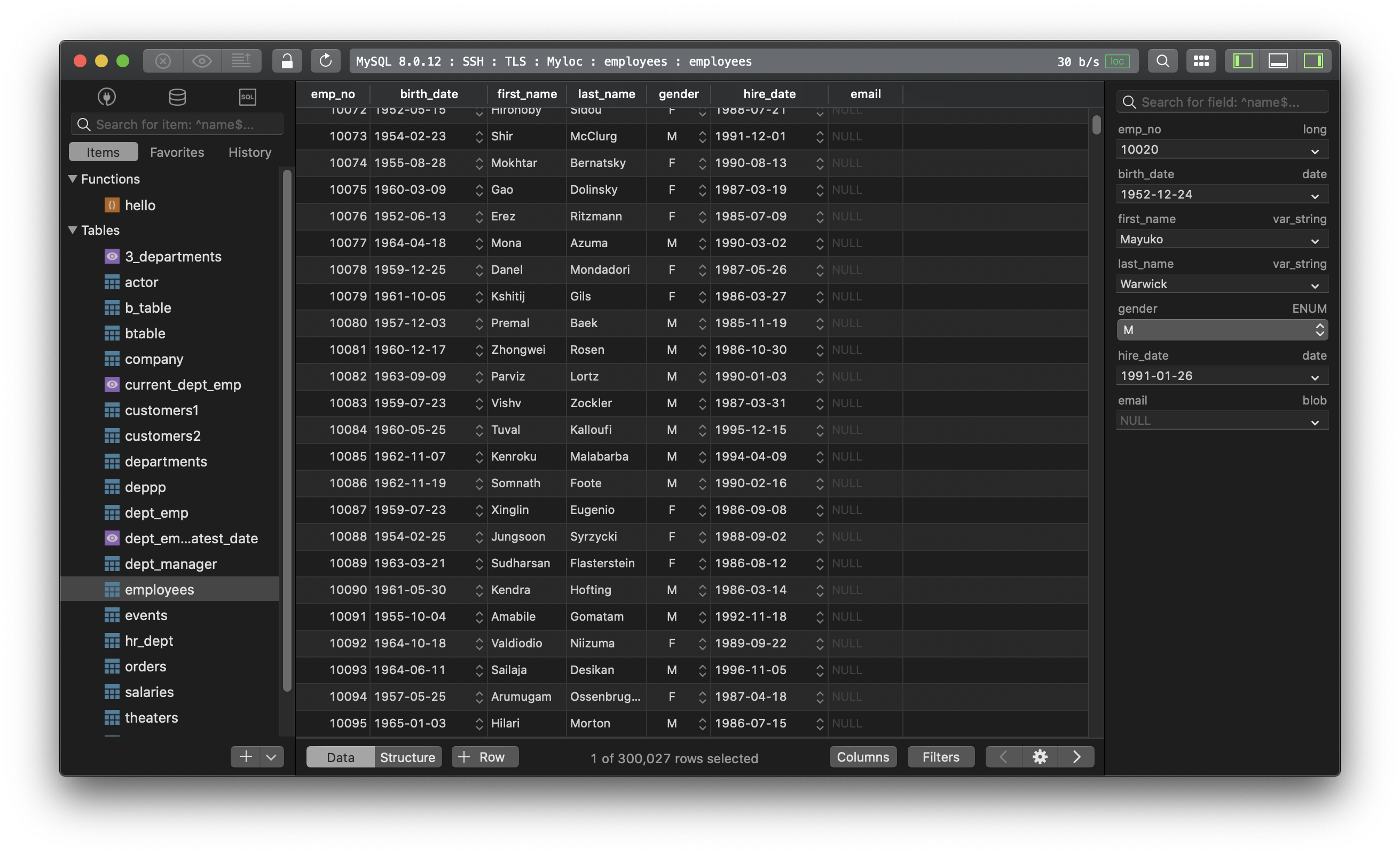MySQL vs Oracle Database - A quick comparison
In this MySQL vs Oracle post, we are going to talk about some main differences between MySQL, the world’s most popular open source database, and Oracle, claimed to be the world’s most popular database, managed by the database giant Oracle Corporation.
1. Model
- MySQL is a free and open source relational database management system. After it got acquired by Oracle, it has an enterprise version developed and marketed by Oracle with paid support.
- Oracle is a commercial multi-model database management system that is commonly used for running online transaction processing, data warehousing, and mixed database workloads.
2. Features comparison
- Partitioning method: MySQL supports horizontal partitioning, sharding with MySQL Cluster or MySQL Fabric, while Oracle only supports horizontal partitioning.
- Dynamic & Static: Oracle works with both dynamic and static systems, while MySQL only works with static system.
- Operating systems: Oracle works with Windows, OS X, Linux, UNIX, z/OS. MySQL works with all these systems, plus BSD, Symbian, AmigaOS.
- Indexes: MySQL uses Full-text, Hash, R-/R+ Tree, while Oracle uses more than that, including Bitmap, Expression, Partial and Reverse.
- Role: Oracle has the concept of a role which groups several privileges together so that they can be granted to and revoked from users simultaneously. MySQL doesn’t have the role, thus you have to grant each privilege separately.
- Character type: MySQL supports the CHAR and VARCHAR type, Oracle supports four character types: CHAR, NCHAR, NVARCHAR2, and VARCHAR2.
- Column default value: MySQL generates a default value for a column if it’s not nullable and the value isn’t inserted. In Oracle, when data is inserted into a table, data must be provided for all columns that do not allow NULL value.
3. User-friendly
A user has to be very skilled in knowing Oracle Database in order to manage and scale later on as Oracle is a great database solution for medium to large scale businesses. On the other hand, MySQL is quite simple and easy to learn and use.
Which one is better?
It really depends on what you’re looking to accomplish, considering the organizational cost, database size, load, etc.
When to use MySQL:
- The database is not really big and will not scale too big.
- A high degree of replication required
- Cost is a big concern.
- You plan to use one of these content management systems: WordPress, Joomla, and Drupal. They use MySQL.
When to use Oracle:
- A high flexibility required in terms of transaction control
- The database is huge. It’s likely the database of a Fortune 100 company or a very large enterprise.
- A high degree of scalability required
- You want to use other services apart from the database. Oracle’s big features pack will minimize the need for third-party software.
- You have no problem with the issue of cost.
Need a good GUI Tool for MySQL or Oracle? Try TablePlus. It’s is a modern, native GUI that allows you to simultaneously manage multiple databases such as MySQL, MariaDB, Oracle, PostgreSQL, SQLite, Microsoft SQL Server… faster and easier.
Not on Mac? Download TablePlus for Windows.
On Linux? Download TablePlus for Linux
Need a quick edit on the go? Download TablePlus for iOS.
